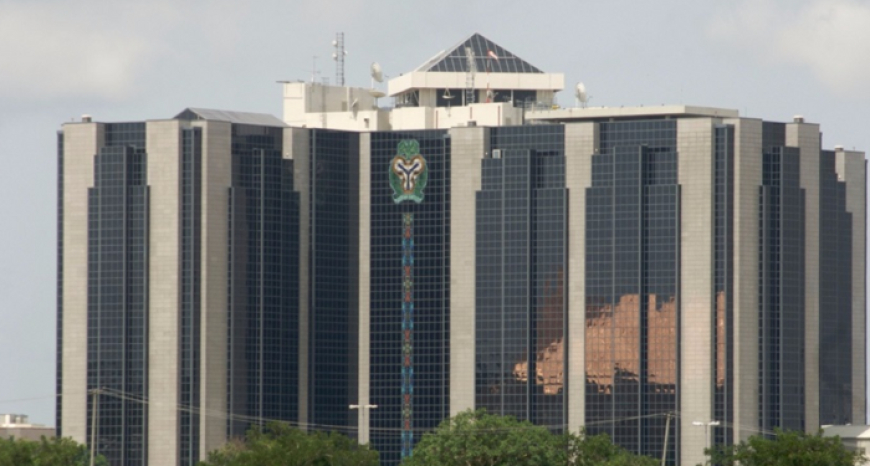Debt servicing costs 64% of Nigeria’s $4.36 billion foreign payments in 2024

Nigeria has spent $2.78 billion on servicing foreign debt in the first seven months of 2024, according to the international payment statistics of the Central Bank of Nigeria.
This amount is 64% of the total $4.36 billion official dollar payments made between January and July 2024 by the Apex Bank on behalf of the Nigerian government.
In the same period last year, Nigeria spent 46% of its total international payments on debt service, which means that there is an increase of 39.13% in 2024.
The rise in the percentage suggests that Nigeria’s foreign debt servicing obligations have grown significantly, outpacing the increase in overall international payments.
This could be due to various factors, such as an increase in the total debt stock, higher interest rates on existing debt, or changes in the payment schedules that have led to more immediate debt servicing requirements.
What the data is saying
In January 2024, the external debt servicing payment surged to $560.52 million, a 399% increase from the $112.35 million recorded in the same month of the previous year.
It further constituted 74% of the total international payments of $757.41 million made in the same month. This trend, although fluctuating, remained significant as the months progressed.
- February 2024 saw debt servicing costs amount to $283.22 million, accounting for 67% of the $424.96 million in total international payments for that month. Also, there was a marginal decrease in debt servicing payments by 2% from the $288.54 million paid in the same month of 2023.
- The following month, March 2024, witnessed a further decrease to $276.17 million, down by 31% from $400.47 million in the same month of last year, representing 65% of the total international payments of $424.71 million.
- April 2024 recorded $215.20 million in debt servicing payments, which made up 47% of the $462.54 million total international payments. This was one of the lowest percentages observed in the year. However, there was a significant increase of 132% from the $92.85 million paid in April 2023.
- The most notable spike occurred in May 2024, with debt servicing soaring to $854.37 million, up by 287% from $221.05 million in the same month of last year, reflecting a considerable increase in debt stock.
- It is also the highest monthly expenditure within the period. This figure represents 69% of the $1.24 billion in total international payments made in that month.
- In June 2024, the debt servicing cost was $50.82 million, slightly lower by 6% compared to $54.36 million in June 2023.
- It constituted only 14% of the $353.61 million total international payments made that month. This was the lowest percentage of the year, signifying a temporary relief in debt obligations at the end of the first half of the year.
This relief was again short-lived as July 2024 saw debt servicing rise to $542.50 million, which represented a substantial 78% of the $694.45 million total international payments. However, it was a 15% decrease compared to the $641.70 million paid in July 2023.
Over the entire seven-month period from January to July, Nigeria’s total debt servicing costs in 2024 amounted to $2.78 billion, reflecting a 19% increase from the $1.81 billion spent during the same period in 2023.
This overall rise highlights the escalating burden of debt servicing on Nigeria’s finances and highlights the growing challenge of managing the country’s external debt amid increasing global financial pressures.
What you should know
- Nairametrics earlier reported that Nigeria spent about $1.12 billion on foreign debt service payments in the first quarter of 2024, highlighting the growing burden of external debt on the nation’s finances.
- This amount has more than doubled by the seventh month of the year based on the latest CBN data.
- In a statement, the World Bank expressed deep concern over the escalating debt service costs that are burdening developing countries worldwide. Indermit Gill, the World Bank’s Chief Economist, and Senior Vice President, emphasized the gravity of the situation, highlighting the potential for a widespread financial crisis if immediate and coordinated actions are not taken.
- According to Gill, the combination of record-level debt and soaring interest rates has set many developing nations on a precarious path, one that could lead to economic distress and tough decisions regarding the allocation of resources.
- Debt servicing costs 64% of Nigeria’s $4.36 billion foreign payments in 2024 - Nairametrics









